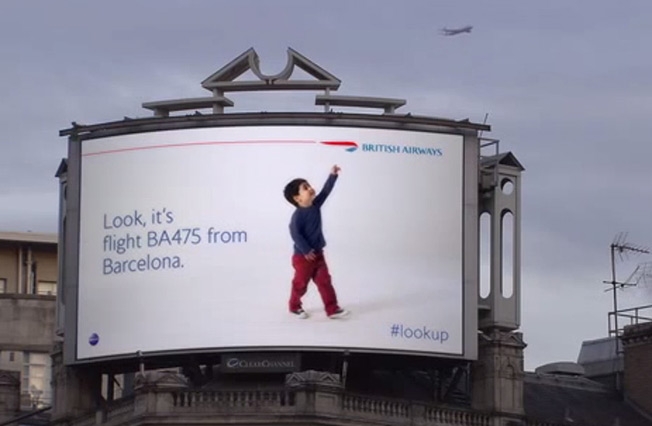Digital Strategy, Music, Product Management
How to Market your Music Online
Music consumption has changed a lot over the last 20 years and that means how you promote your music and build an audience has changed too. Last year, streaming music made up 43% of music revenues and this is only set to grow. These services are now so easy to use they are significantly helping to drive music discovery. So, if you’re an indie label or artist who’s just starting out, what do you do?
Having spent the best part of 10 years in digital music marketing in the UK, doing campaigns for the likes of David Guetta, the full roster of Ministry of Sound artists and even LazyTown(!), Anne-Marina our principal consultant had some thoughts and we’ve decided to make those tips available here…
Making Your Music Available
First off, this is no longer a day and age when you should be wasting money pressing promo CDs. If people ask to buy your music after a gig, you want to be directing them towards iTunes and Spotify etc. There are now lots of digital distribution services like Distrokid that help musicians to publish their music online through multiple different services.
To give your music that extra boost, put it up on YouTube for free too. When you do this, make sure you categorise your music properly so that users will be able to find it and the various algorithms that power the recommendation engines can recommend your music to the right audience.
Demographic and Behavioural Targeting
Once you’ve got your music available, and have a couple of gigs going, it’s time to open your music up to new people. You can do this via demographic and behavioural targeting both on Facebook and Google AdWords. Both these platforms have a plethora of data on their users, knowing all about their tastes in music, so it’s pretty simple to narrow your audience down in the first instance, and then expand out to similar audiences. You can also use this data to target people who might be looking to book a band, by targeting people who recently got engaged for example.
Your Band Website
This doesn’t need to include every last gig you’ve ever done, or the full history of the band (unless it’s quirky), but there are some key things you want to make sure are quickly visible through a quick scan: – Contact Details to book the band – Embedded video to listen to some of the music on YouTube – Links to download your music via iTunes / Spotify – Upcoming gig listing
If you want some tips on what your website should contain, take a look at our case study of the STEPS website – 5 Key Ideas To Improve Website User Experience. Your website is also pretty important for building up your own fanbase data, it’s important not to rely on 3rd party social networks for all of your interactions with your fans.
At Your Gigs
The final piece of the puzzle, once you have people coming to your gigs, you need to make it simple for them to close the loop and purchase your music. So make sure any signage you have at your gigs has a “Download on iTunes”, “Listen on Spotify” and your website URL. The last thing you want to do is to engage people at the gig and not make it easy for them to become fans. All in all the key thing is to make use of the channels with the biggest audience and ensure you have a joined up marketing strategy (across social and web). If you need some help with it, drop us a line – info@g67.com.au








